| Plant Habit: | Cactus/Succulent |
| Life cycle: | Perennial |
| Sun Requirements: | Full Sun Full Sun to Partial Shade |
| Water Preferences: | Mesic Dry Mesic Dry |
| Plant Height: | 4-6 feet |
| Plant Spread: | 8-10 feet |
| Leaves: | Evergreen |
| Fruit: | Dehiscent |
| Flowers: | Showy |
| Flower Color: | Yellow |
| Flower Time: | Late spring or early summer |
| Underground structures: | Rhizome |
| Suitable Locations: | Xeriscapic |
| Uses: | Will Naturalize |
| Resistances: | Deer Resistant Drought tolerant |
| Propagation: Seeds: | Provide light Can handle transplanting Other info: Sow in shallow pots with a well draining, sterile mix; 50/50 organic/inorganic of coarse perlite, pumice; sphagnum peat or good compost. Avoid manures. Irrigate from below by submerging in water to 1/2 height of pot. Provide bright, indirect light. |
| Propagation: Other methods: | Cuttings: Stem Division Offsets |
| Pollinators: | Moths and Butterflies Bats |
| Containers: | Needs excellent drainage in pots |
| Miscellaneous: | With thorns/spines/prickles/teeth Monocarpic |
| Awards and Recognitions: | RHS AGM |
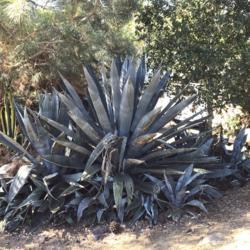

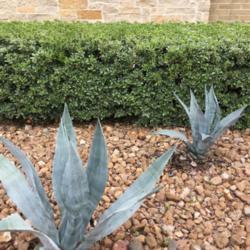

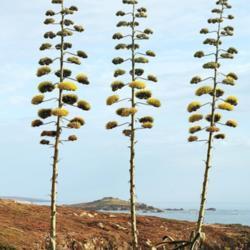
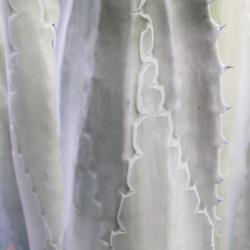
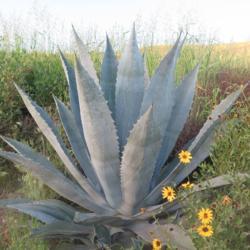
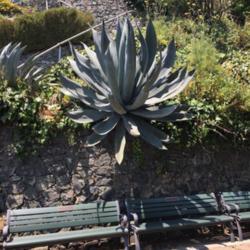

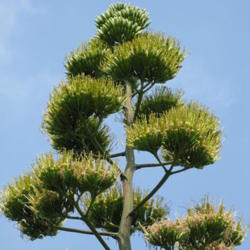


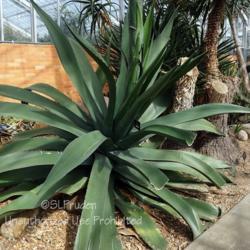
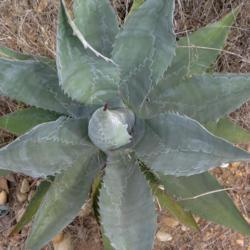
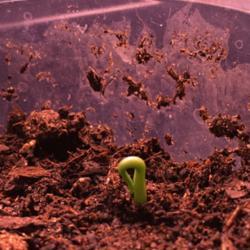

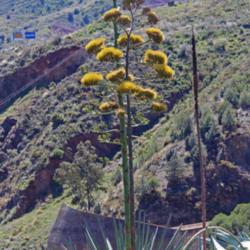







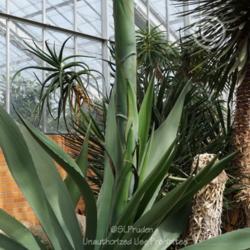




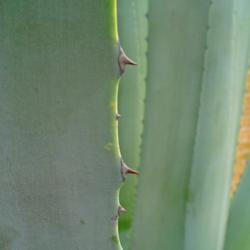



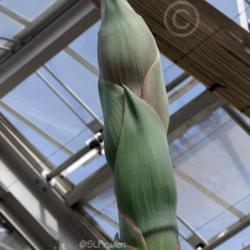


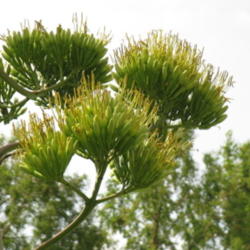
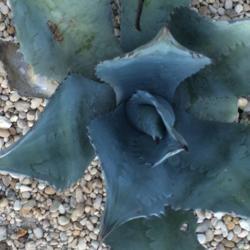



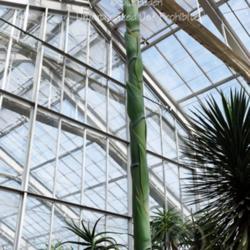
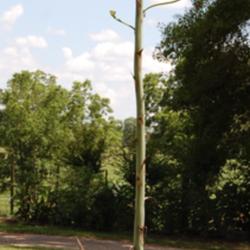
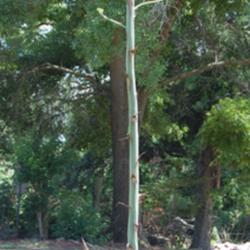
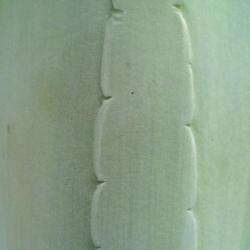
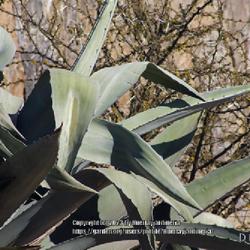
| antsinmypants | On June 22, 2023 | Transplanted 4 into individual pots. |
| antsinmypants | On February 28, 2021 | Plant emerged Second plant emerged. |
| antsinmypants | On February 26, 2021 | Plant emerged One plant emerged. |
| antsinmypants | On February 20, 2021 | Seeds sown Sowed 6 seeds in soil under lights. |
« Add a new plant to the database
» Search the Agaves Database: by characteristics or by cultivar name
« See the general plant entry for Agaves (Agave)